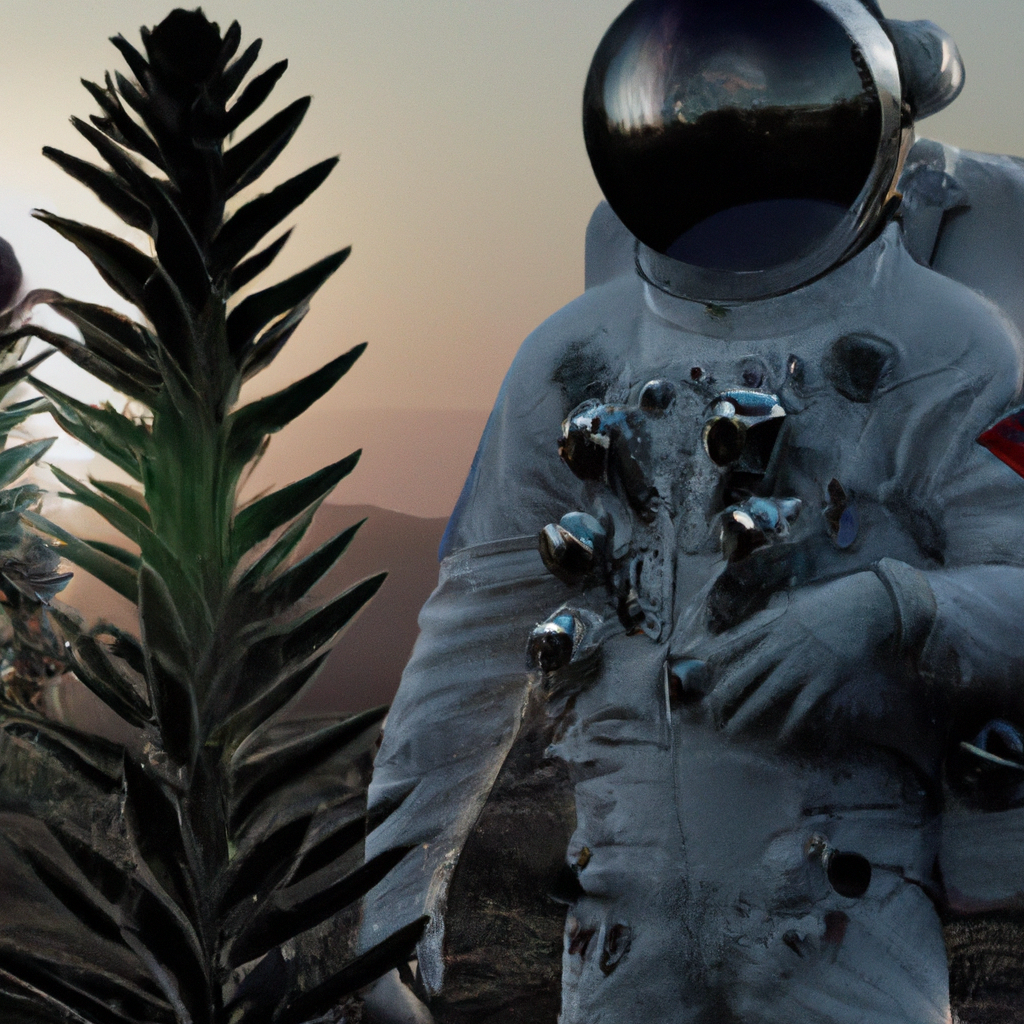
The Planetary Salad Bowl: A Peek into the Potential Plant Life on Exoplanets
Green-fingered Astronomers and their Extra-Terrestrial Veggie Patch
Article’s Key Points
– Scientists have enough knowledge about exoplanets to speculate on how basic plant life might develop.
– Plants on such planets may not be green due to the different starlight they would receive.
– Some exoplanets exist in the habitable zone where water can stay liquid – ideal conditions for plant life.
– Unlike Earth, where plants have adapted to absorb mostly visual light, exoplanet flora may adapt to absorb light outside of the visual spectrum.
– Computer models are being used to speculate what the vegetation might look like, with color schemes ranging from black, blue to even red.
– Photosynthesis – the primary process of gathering energy for plant life – might work differently on these far-flung planets.
A Deeper Dive into the Galactic Garden
In the infinite ‘salad bowl’ that is space, green might not be the only color of life. According to scientists, we have gathered enough knowledge about distant exoplanets to make some educated guesses about the garden variety of plant life they might be nurturing. But if you’re an aficionado of a traditional salad leaf, you better prepare for a palette shift as there’s a pretty good chance that intergalactic greens might not be, well, green.
Our understanding of habitable environments outside of our blue marble is increasing, with a specific focus on exoplanets – these celestial bodies that orbit a star outside our solar system. Particular attention is given to exoplanets located within the ‘Goldilocks’ zone, where conditions are just right (not too hot, not too cold) for water to exist in liquid form, making it a potential haven for organic life.
So why might alien shrubberies spurn the verdant hue that we associate with Earth’s foliage? The answer lies in the starlight they bask in. Earth’s green plants have evolved to primarily use visual light – the Sun’s most abundant light output – for photosynthesis.
However, the galactic garden out there orbits different sorts of stars, which emit light in different spectra. These alien botanicals might adapt to absorb these varied starlights, optimizing photosynthesis according to their star’s light spectrums, which might not always fall within the visual spectrum. As a result, they could appear quite alien indeed with color schemes ranging from black, blue to even an unearthly red.
Advancements in technology have allowed scientists to use computer models to speculate on what this out-of-the-world vegetation might look like. It’s safe to say that the results have been nothing short of a Holi festival at a Pantone factory – a rainbow assortment of plant colors that our limited terrestrial lenses have yet to witness.
A Final Sprinkle of Commentary and Speculation: The Spice of the Salad
One might argue that it’s hard enough to persuade kids to eat their greens, let alone if those greens come in shades of black, red, or blue. Yet, this speculation and ongoing study is more than a simple curiosity. It has profound implications for how we view life, its capacities for adaptation, and the conditions it requires to take root, whether here on Earth or on a distant exoplanet basking in the crimson glow of a far-off star.
At the end of the day, the color of foliage, whether it’s green on Earth or violet on an exoplanet, is a testament to the power of life to adapt to its environment and conditions. It takes starlight – a seemingly raw and untamed force – and transforms it into a catalyst for creating, growing, and surviving. Wherever that occurs, regardless of whatever form or color it takes, it’s bound to be a spectacle – proof of nature’s undying will to endure and thrive. So, brace yourself, the next spectrum on the rainbow might just be a growing proof of life ‘out there’.